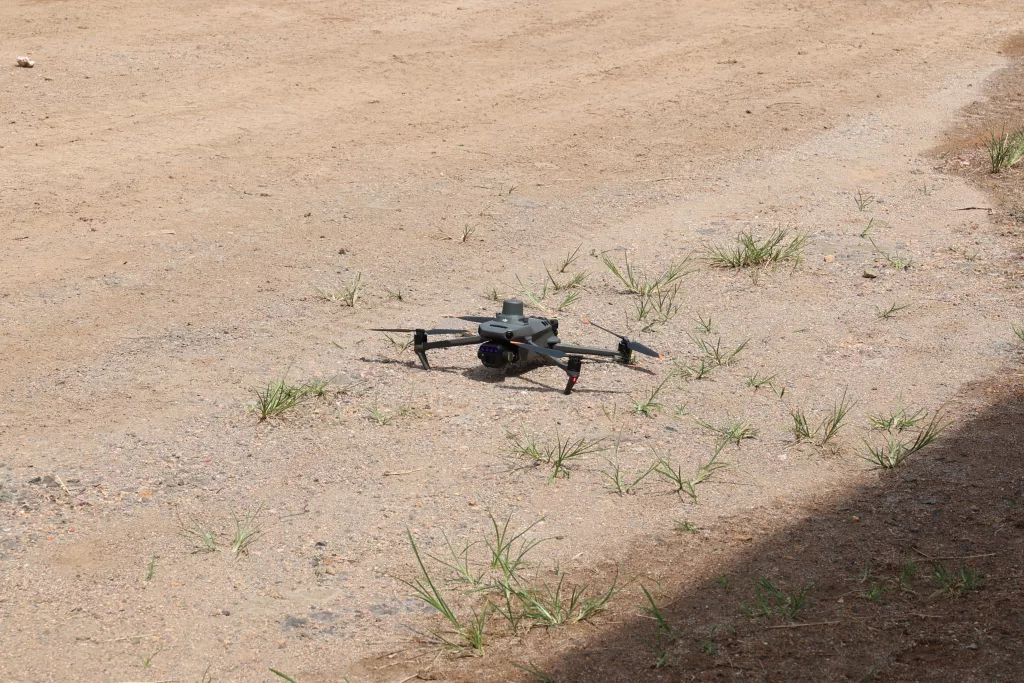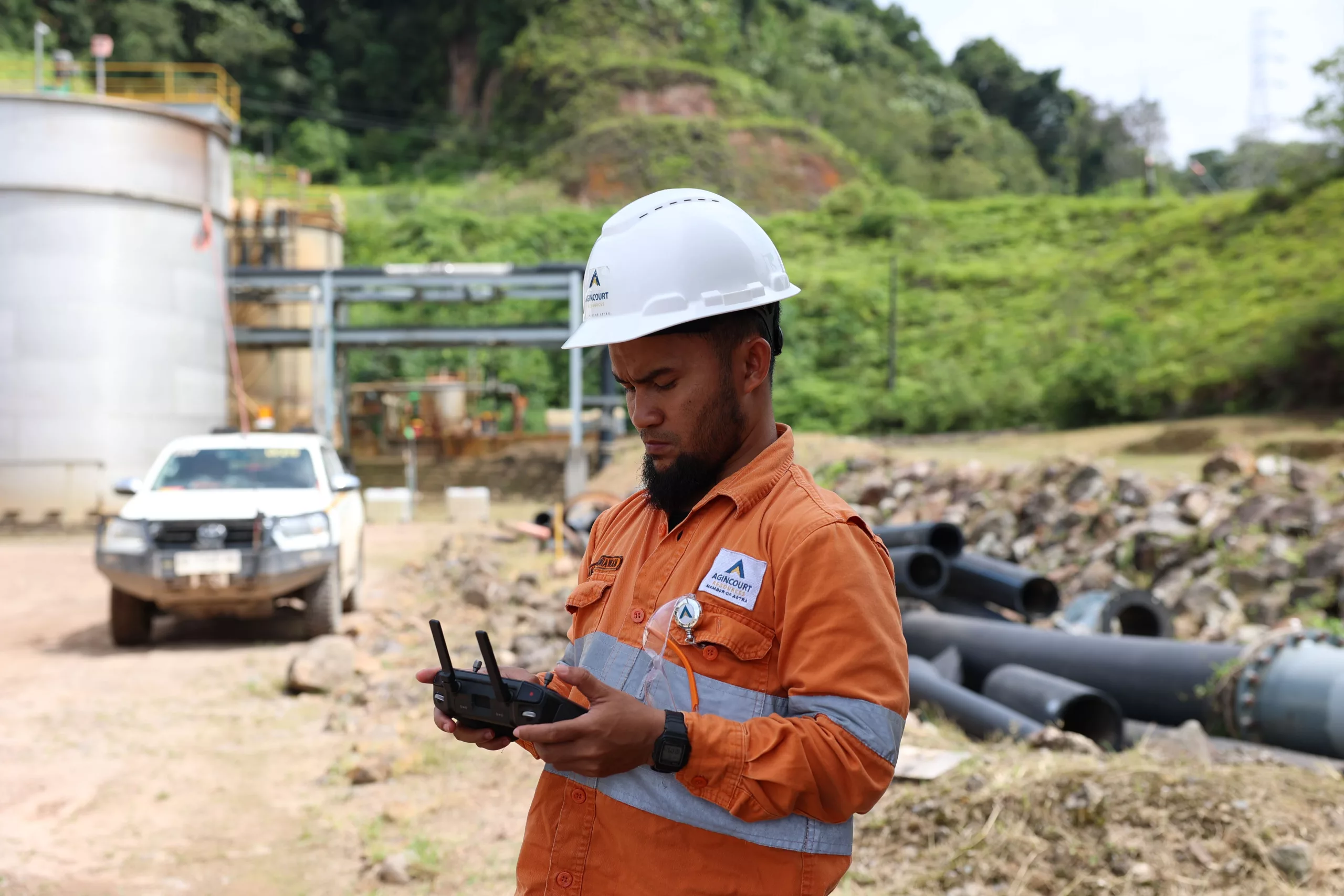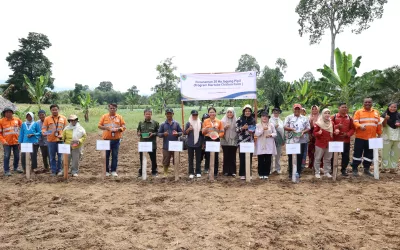Technological advancement has transformed the way humans perceive and protect nature. One innovation that now plays a vital role in conservation efforts is the drone or unmanned aerial vehicle (UAV). This technology enables the rapid, efficient, and accurate collection of environmental data without directly disturbing ecosystems. With the ability to reach remote areas, drones offer new perspectives on habitat conditions, vegetation, and wildlife through high-resolution aerial imagery.

In biodiversity monitoring activities, drones serve a variety of essential functions. Equipped with advanced sensors such as multispectral, hyperspectral, and thermal cameras, drones can be used to map vegetation conditions, assess habitat health, and detect the presence of wildlife even beneath forest canopies or at night. The technology is also effective in identifying environmental changes such as deforestation, fires, and land conversion, thereby supporting conservation efforts and sustainable area management.
Another advantage of drone usage lies in time and cost efficiency. Compared to conventional ground survey methods, drones can cover large areas in a short time without requiring extensive resources. The resulting data are of high resolution and can be easily integrated with geographic information systems (GIS) for further analysis. Supported by artificial intelligence (AI), data collected from drones can now even be processed automatically to recognise species, monitor animal movements, and identify habitat changes over time.
This technology has also been implemented by Agincourt Resources as part of its commitment to sustainable environmental management. The company utilises drones with thermal sensors to monitor wildlife around its operational areas, particularly to detect nocturnal animal activities without causing direct disturbance. In addition, drones are used to observe habitat and vegetation conditions to ensure ecological balance is maintained. The monitoring results provide valuable input for evaluating conservation programmes and making data-driven decisions.
Although drones offer numerous benefits, their use still requires careful attention to technical, ethical, and regulatory aspects. Factors such as weather conditions, battery capacity, and potential disturbance to wildlife must be thoroughly considered. Therefore, drone operations should be conducted responsibly and in accordance with existing conservation standards. When used appropriately, drones serve as an effective tool to support biodiversity conservation demonstrating how modern technology can harmonise with nature preservation efforts in a sustainable way.







